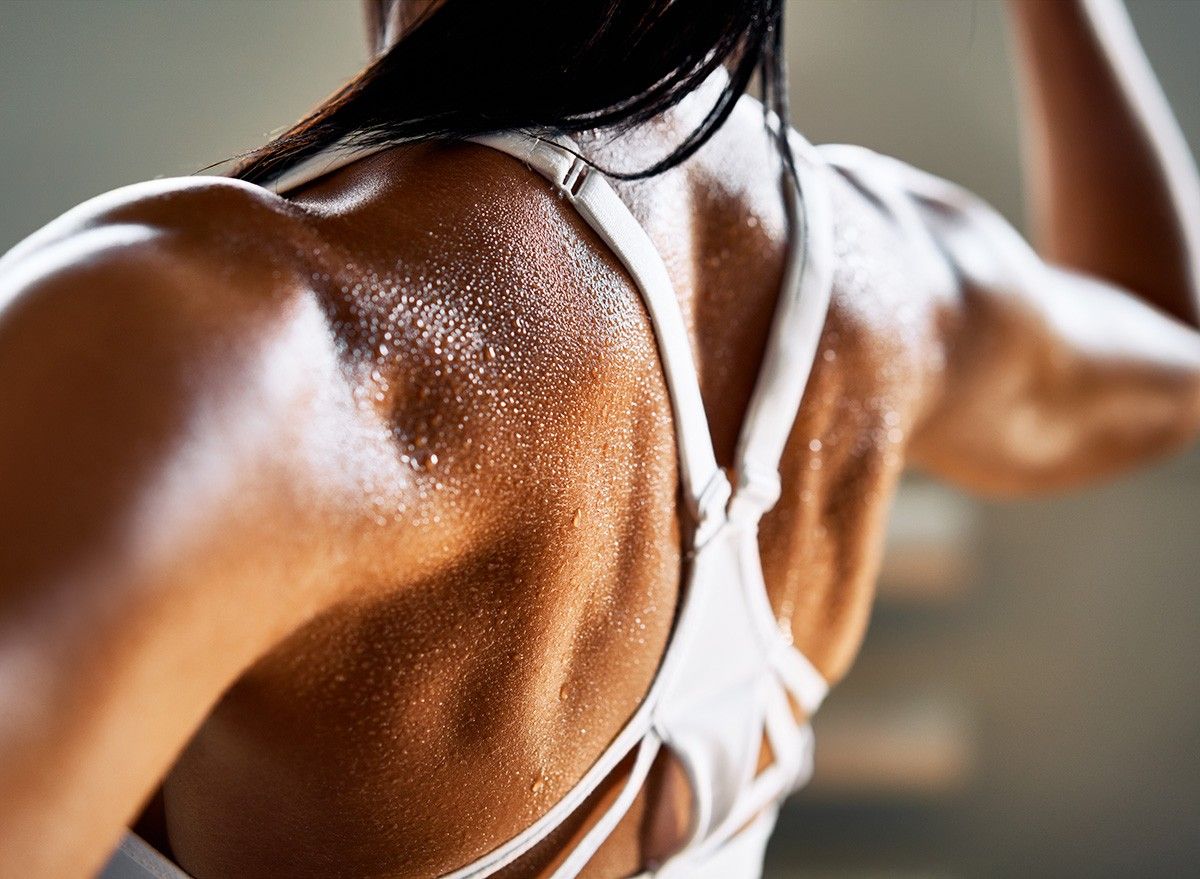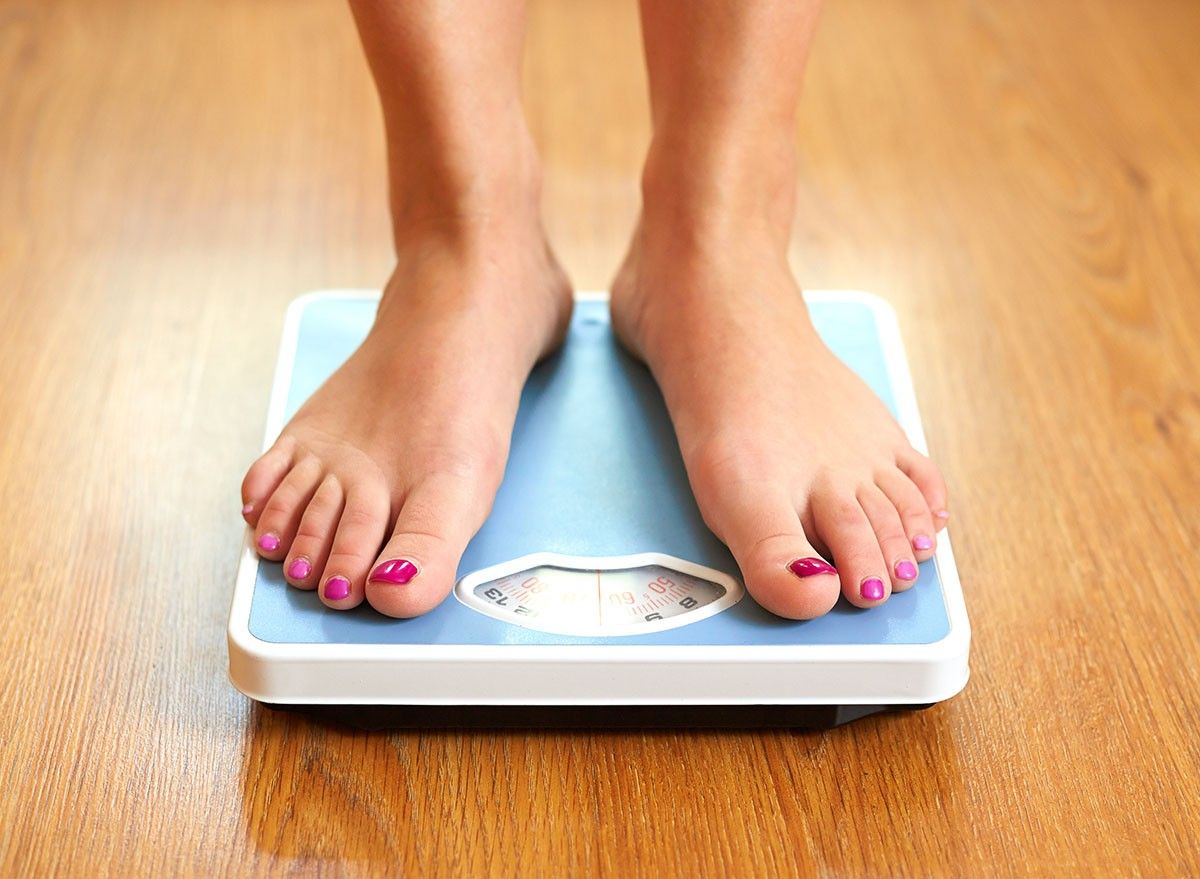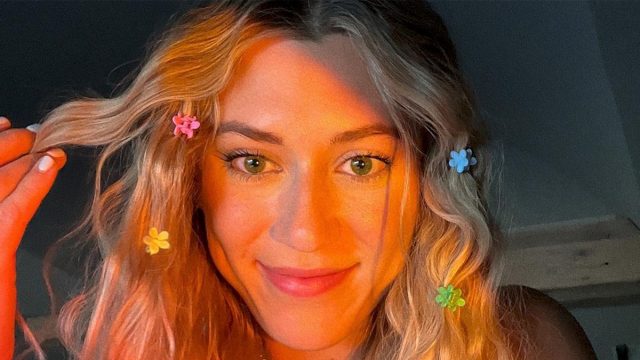19 Weight Loss Errors Nutritionists Wish Everyone Would Stop Making
Have you ever felt frustrated with your weight loss journey, wondering why your efforts aren't paying off? You're not alone. Natacha Oceane, a biophysicist from University College London, nutrition expert, and IronMan runner, breaks down the common mistakes people make when trying to lose weight. Through her popular YouTube channel, Oceane translates complex scientific concepts into actionable advice for her audience. Read on to learn her insights and advice from other experts to help you avoid common pitfalls.
Setting Unrealistic Goals
Oceane starts her video by expressing concern about extreme training programs, "People spend so much time feeling frustrated, confused," she says."It's just so exhausting to watch, and I can make a ton of videos about the science of fat loss building, muscle sport, science, and dietetics, but I just feel like there's nothing quite like a real-life example that just brings all of that science in one documentary series that is now up on YouTube."
The Hidden Missteps of Weight Loss
Dan Go, weight loss and fitness coach, adds: "Losing weight can be one of the most frustrating things that you do in your entire life. And a lot of people don't even know the hidden missteps that cause them to keep the weight on in the first place."
Obsessing Over the Scale
A major issue Oceane identifies is fixation on the scale. She explains, "The scale does not measure how you look or how you feel."
Doing Daily Weigh-Ins
Risa Sheppard, Master Pilates trainer, agrees: "Weighing oneself every single day is another mistake. It can be discouraging. Try to weigh yourself less and pay more attention to how your clothes are fitting."
Unsustainable Workout Routines
One of the biggest issues Oceane identifies is intense workout regimens. She notes, "That works out to either 9.2 sessions a week or 11.6 sessions a week. Guys, did we not agree on sustainability?"
Avoiding Strenght Training

Adita Yrizarry-Lang, diet and fitness expert, shares a similar experience: "When I first started in fitness, this was the prescription…do a lot of cardio. The reality is that you burn more calories when you have muscle on your body, combining weights with cardio is the right way to do it."
Neglecting Proper Nutrition
Oceane expresses surprise at the lack of registered dieticians in many weight loss programs. She states, "I am surprised that given the budget of some productions, teams don't think to bring in a registered dietician."
Forgetting Protein
Dan Go underlines the importance of protein: "Protein is the single most important macronutrient when it comes to changing your body composition when it comes to losing weight. When it comes to building a physique, a high protein intake reduces appetite and also balances a lot of weight-regulating hormones."
RELATED: These 12 "Fountain of Youth" Foods Will Help You Look Younger
Emotional Reactions to Setbacks
Oceane observes, "Emotional reactions can be dangerous. They can derail you from your plan."
Extreme Dieting
Jason Kozma, a personal trainer known as Mr. America, shares his experience: "I had gotten too heavy bulking up to add more muscle mass. I was using an extremely low-carb approach as I felt I had too much fat yet to burn. What I actually did was starve my muscles of carbohydrates for so long that my body couldn't assimilate carbohydrates."
Overtraining and Ignoring Recovery
Oceane highlights the dangers of overtraining, particularly when people start doing excessive steps and multiple workouts per day. She comments, "30,000 steps. I mean guys, we mentioned sustainable at the start of this video. It's not happening. Sustainability has left the building."
The Cardio Trap
Dan Go advises against excessive cardio: "One of the worst ways to lose weight is being in a calorie deficit and using running or cardio as your primary means of exercise. Yes, you are going to lose weight, but a significant portion of that weight is going to be muscle as well."
RELATED: 10 Dairy Products With More Protein Than a Chicken Breast
Sacrificing Sleep for Exercise
Oceane underlines the importance of sleep in the weight loss journey. She notes, "We have so much science on the health implications of reduced sleep."
Neglecting Mental Health
Oceane empathizes, "I cried. I cried a lot. I also felt really frustrated by how unnecessarily difficult some people's journeys are."
Comparing Yourself to Other People
Sheppard says: "Remember that your fitness journey is your own and comparing yourself to other people will only add to your stress and discouragement. We are all built differently with different bone structure and hereditary genes. Love who you are inside and it will reflect on your outside."
Forgetting the Real Goal
Oceane reflects, "What people really want is to look and feel better and feel their best."
RELATED: I'm a Nutritionist and I Lost 80 Pounds With These High-Protein Chick-fil-A Orders
Focusing on Lifestyle, Not Just Weight
Dan Go echoes this sentiment: "My biggest win when it came to this whole getting in shape process was letting go of even trying to lose weight in the first place and putting the focus on the person that I was becoming and the lifestyle that I was creating."
Lack of Sustainable Habits
Oceane reminds us about the importance of creating sustainable habits. She questions, "If someone gets down to their goal weight and looks incredible after a certain period, was it with a routine that keeps them feeling happy, healthy, and the fat off in a year's time? That's a success."
The Crash Diet Trap

Yrizarry-Lang warns against crash diets: "The all-time worst mistake people make is going on crash diets. You might lose weight at the moment but you will gain it back with a few extra pounds. This slows down the metabolism and makes it even harder to lose weight at a later date."
RELATED: I Lost 20 Pounds in 6 Weeks on Wegovy by Eating These 9 Foods
Last Word
Weight loss doesn't have to be a miserable experience. Oceane encourages viewers to learn from these mistakes and find a sustainable, enjoyable approach to health and fitness. As she puts it, "You can't hate yourself and hate the process into becoming healthy because that in itself is not healthy."
By avoiding these common pitfalls and following expert advice, you can create a more positive and effective weight loss journey for yourself, focusing on overall health and well-being rather than just a number on the scale. And if you enjoyed this article, don't miss I'm a Nutritionist and Here Are 25 Weight Loss Truths You Need to Hear.





